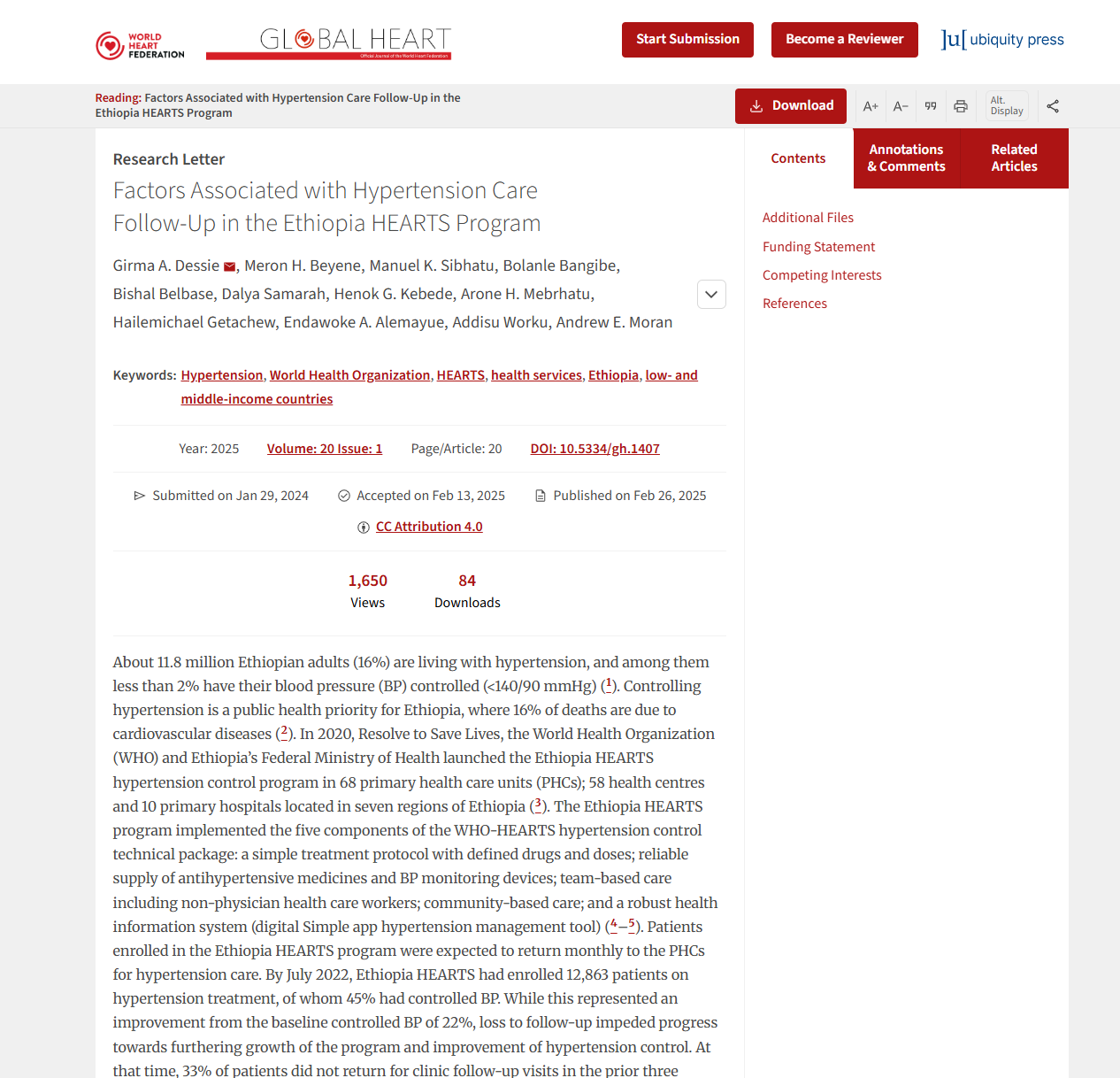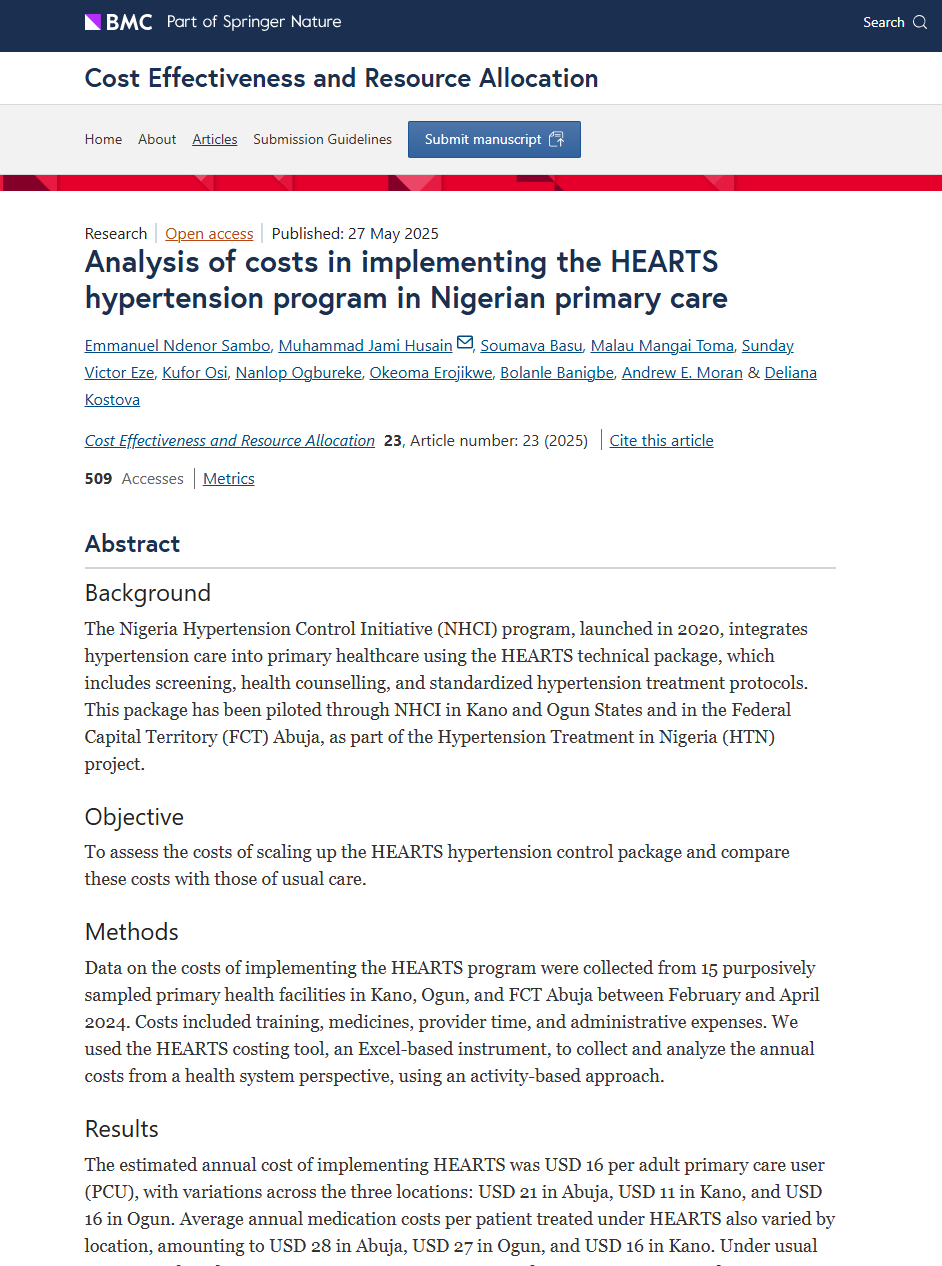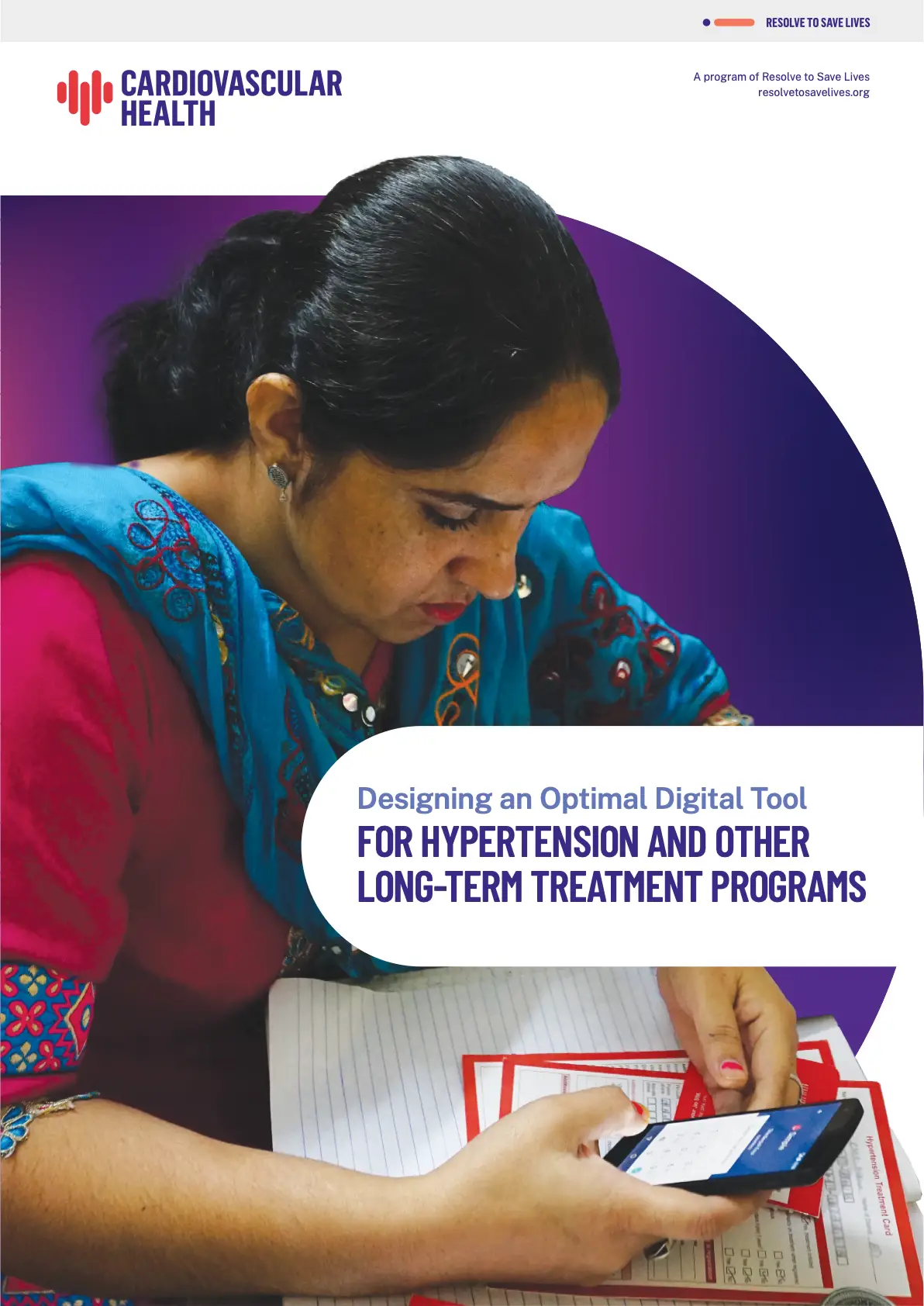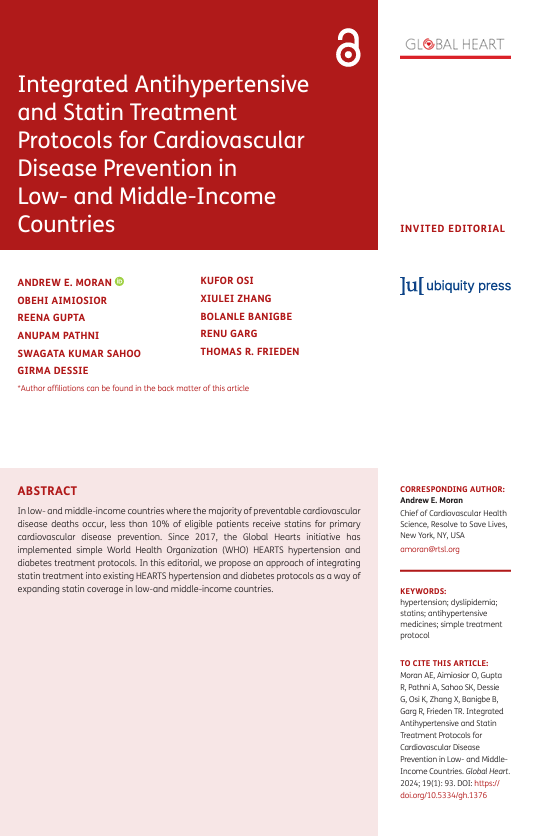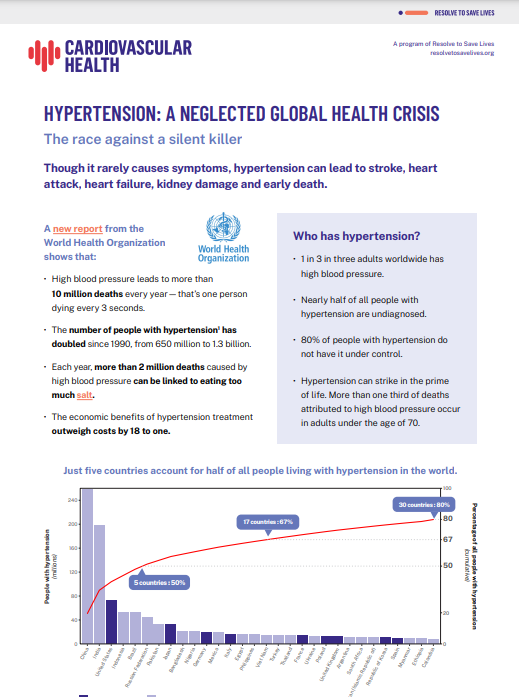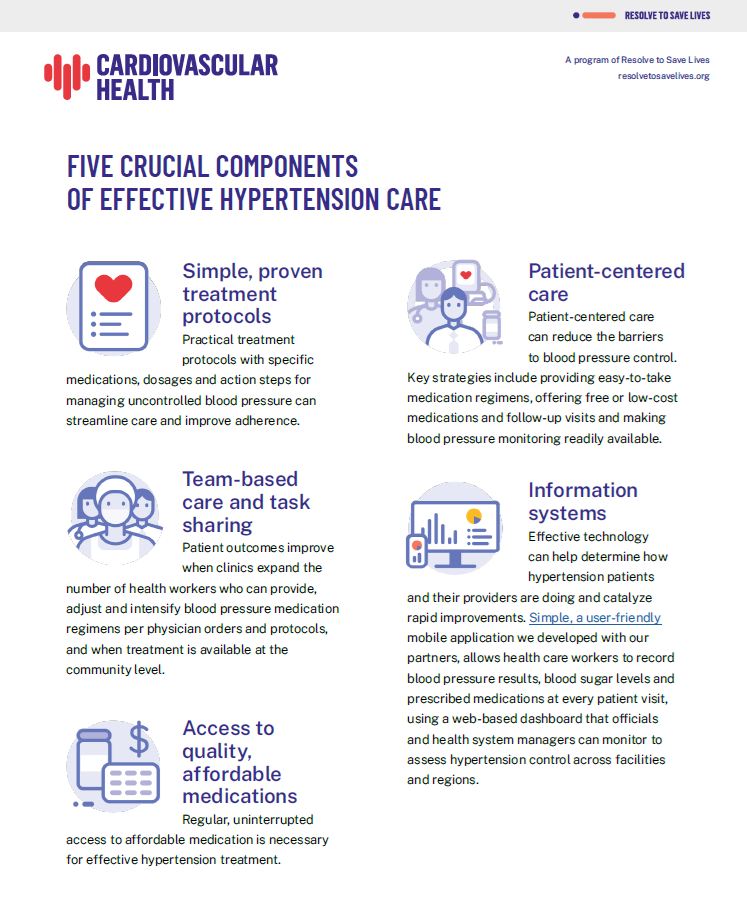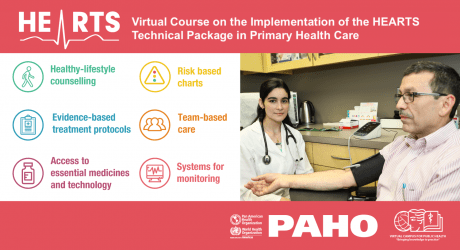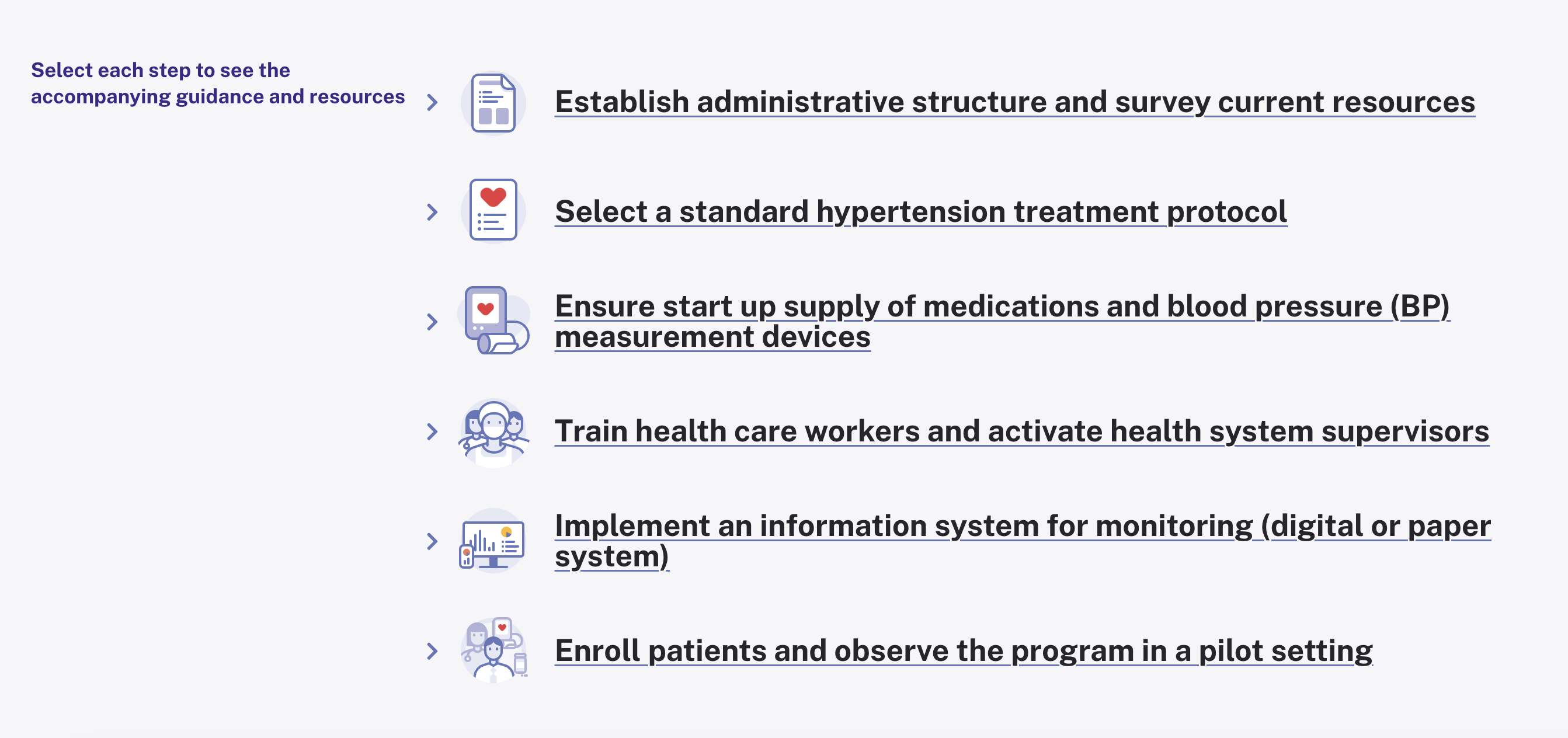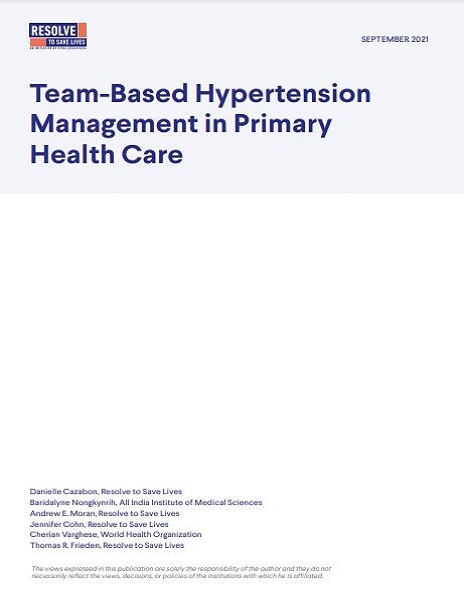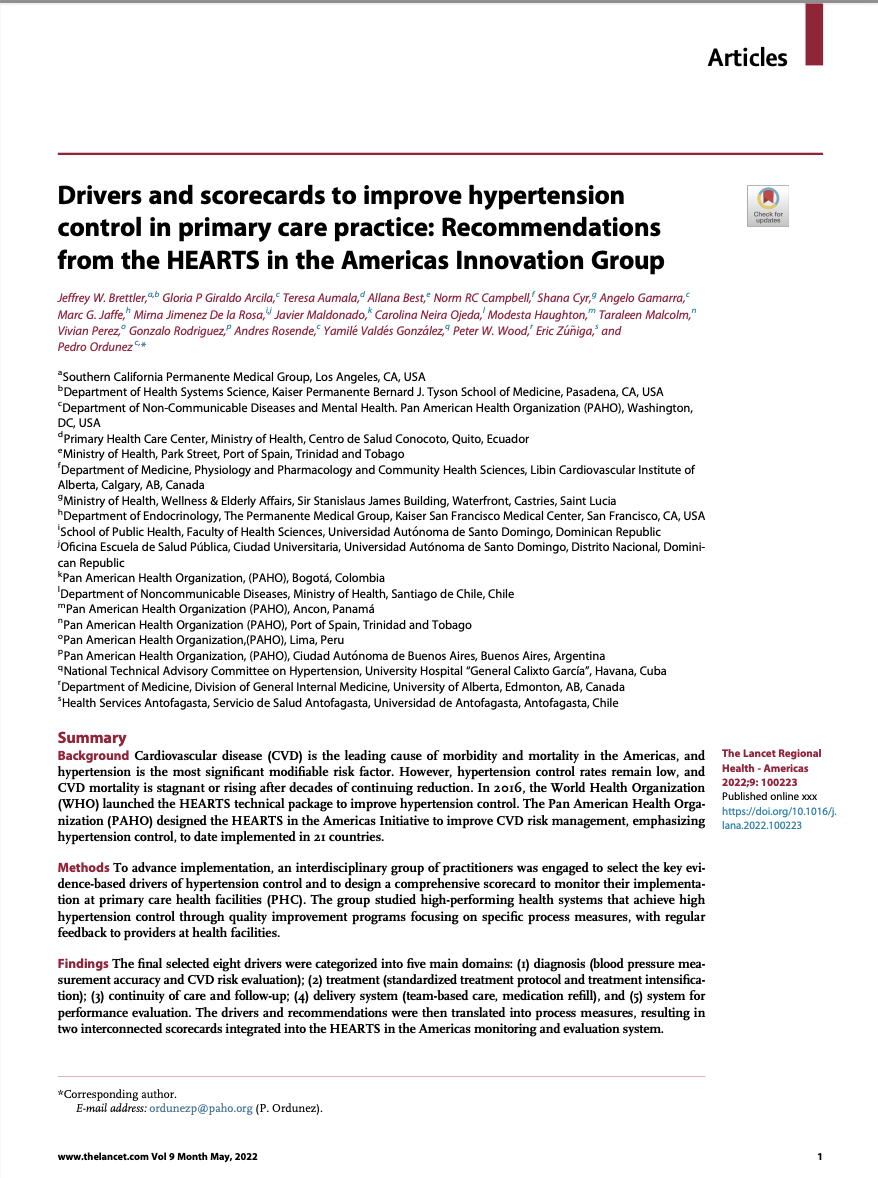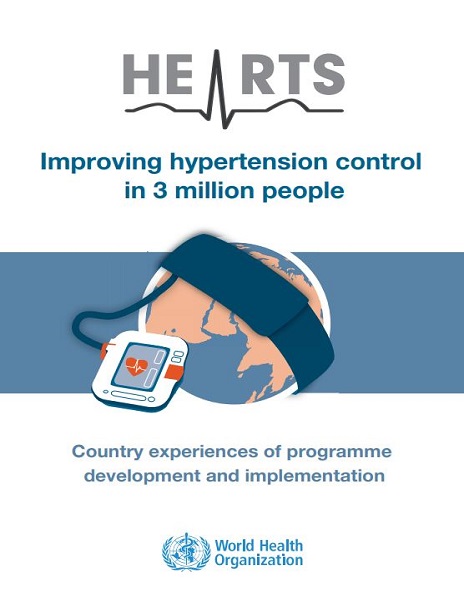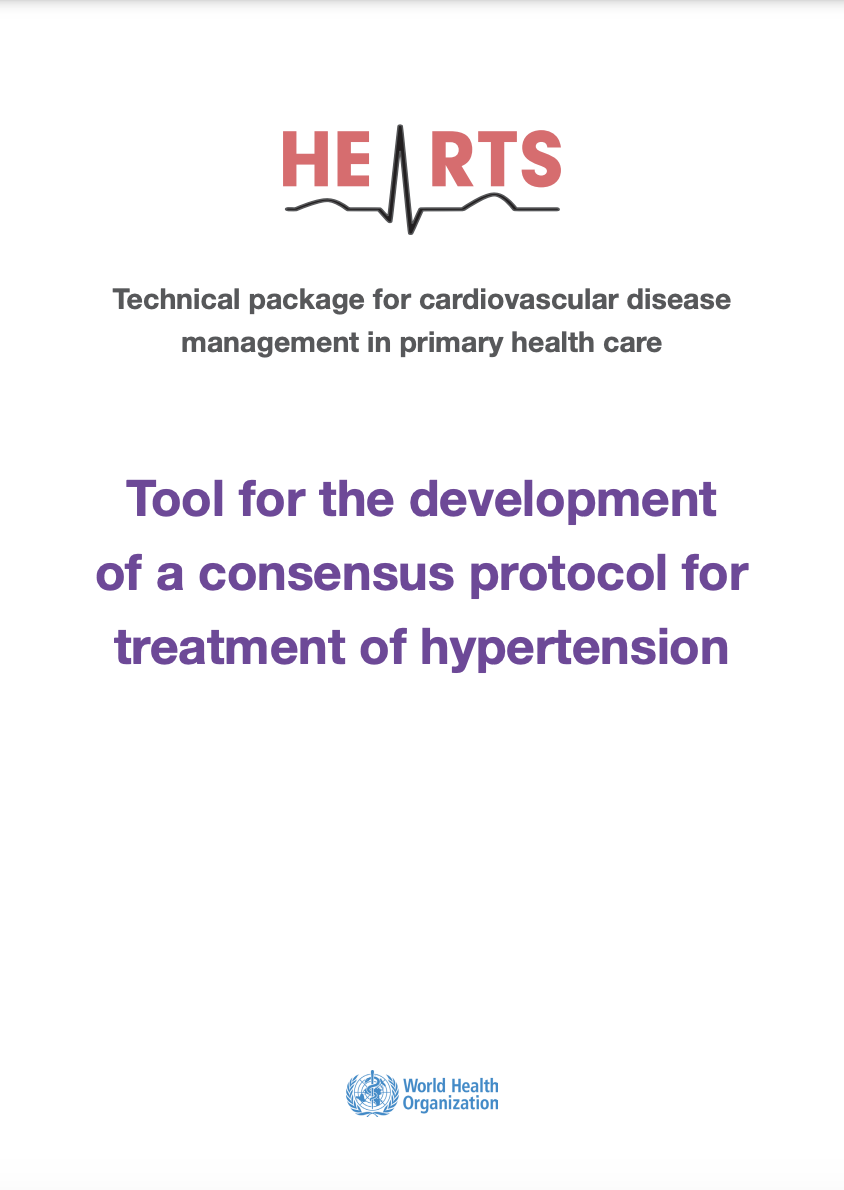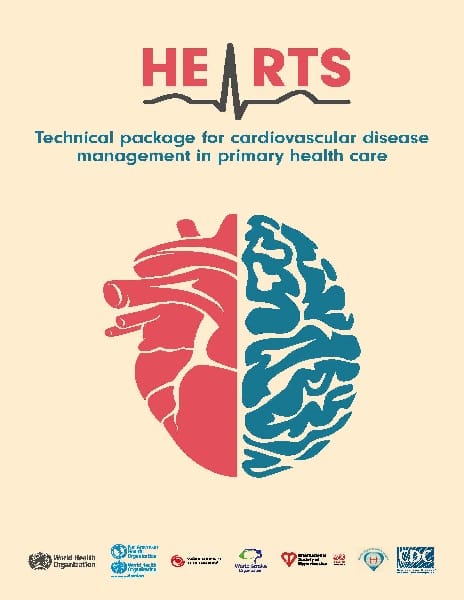Resource Library
HEARTS
Resolve to Save Lives
Patient retention rose from 52% to 76% and blood pressure control increased to 57%.
BMC – part of Springer Nature
Understanding the cost of scaling up hypertension services to help prevent and control high blood pressure in Nigeria.
Resolve to Save Lives
A high-level overview of WHO’s HEARTS technical package for controlling high blood pressure and managing cardiovascular disease.
Resolve to Save Lives
Step-by-step guidance for creating an effective digital tool for hypertension management and other chronic disease programs
Less than ten percent of patients in LMICs get the cholesterol medications they need to prevent heart attack and stroke. Integrating statins into existing HEARTS protocols can address this disparity.
Our partners in Thailand advocate for engagement and coordination at all levels of care to control high blood pressure and reverse downward trend in Thailand.
Resolve to Save Lives
Resolve to Save Lives
Resolve to Save Lives
Pan American Health Organization
Resolve to Save Lives
Resolve to Save Lives
Pan American Health Organization
World Health Organization
World Health Organization

